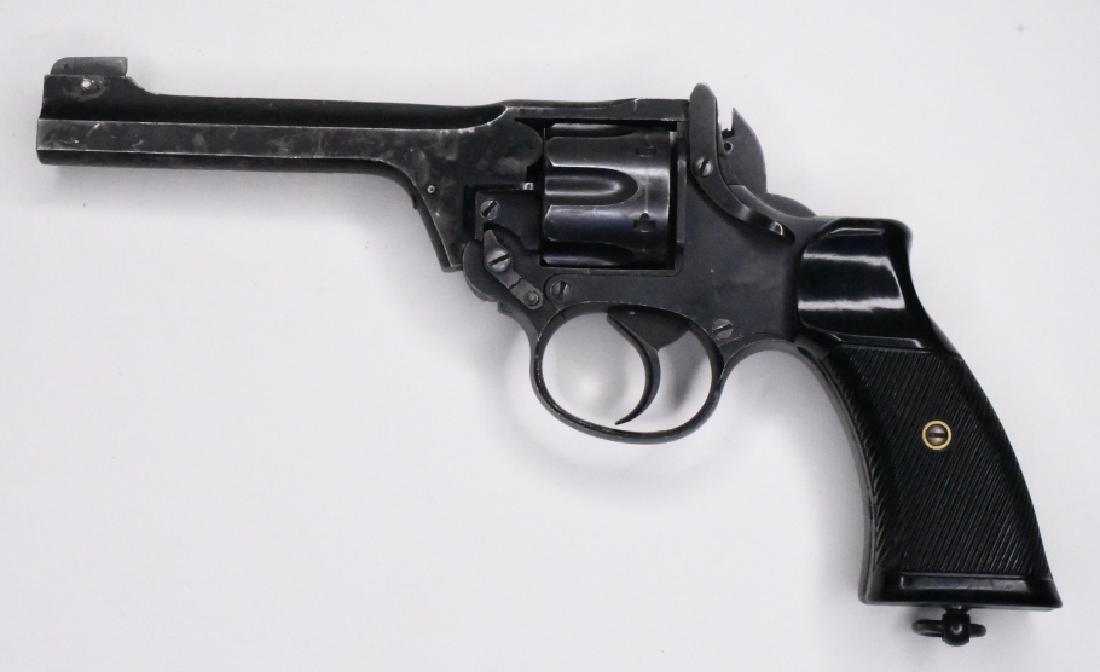
The British government bought well over 70,000 N-frames (Hand Ejector 1st & 2nd Models) chambered for their puny. More than a handful of N-frames have been made for what could be considered odd-ball cartridges by mainstream shooters. And let’s not forget the many thousands made in. 44 Special and then the awesomely powerful. Most people mentally associate N-frame Smith & Wessons with. Circa 1957 Smith & Wesson began assigning model numbers instead of names to their handguns, and the N-frames took up the range from Model 20 to Model 29 and ran over into the Model 50 range. There have also been considerable sub-variants and nicknames such as Triplelock, Model 1917, Outdoorsman, Model 1926, Highway Patrolman, Model 1950 Military, or the newest - Thunder Ranch Revolver. Collectors today call them Hand Ejector 1st, 2nd, 3rd and 4th Models. In their first half century they came in four basic versions. However, to many avid handgunners of that era, and to those of us like myself, John Taffin and Clint Smith who got in at the tail end of the era, the crème de la crème was the N-Frame Smith

Colt’s Python was a legend and Smith & Wesson’s “.357 Magnum” was coveted. 38 calibers, or the big Colt New Service model in bore sizes from. Common items in their catalogs were things like Smith & Wesson K-models in. In the first seven decades of the 20th century the two giants of handgun manufacturing - Colt and Smith & Wesson in their combined efforts - produced some of the finest quality double actions ever made. It was a rare cop or civilian who relied on one for self-defense. In that era, autoloading handguns were mostly used by bull’s-eye target shooters or the military. Indeed, the first 60 to 70 years of the 1900’s were the golden era of double-action revolvers. To my recollection a significant percentage of those used guns were big-bore Smith & Wessons.

By the time I was old enough and learned enough to discern the different models of revolver, I could see the handgun shelves of the local pawn shops were three deep in various used Colt and Smith & Wesson double actions. My own coal-mining grandfather was never without Smith & Wesson handguns of one sort or another, and it seemed that if I talked to a man who owned a revolver in those days it was also a Smith & Wesson. That area was the site of the infamous Hatfield/McCoy feud and the extremely violent Coal Mine/Union Wars of the 1920’s. Va., along the border with Kentucky, my early exposure to double-action revolvers was considerable.


 0 kommentar(er)
0 kommentar(er)
